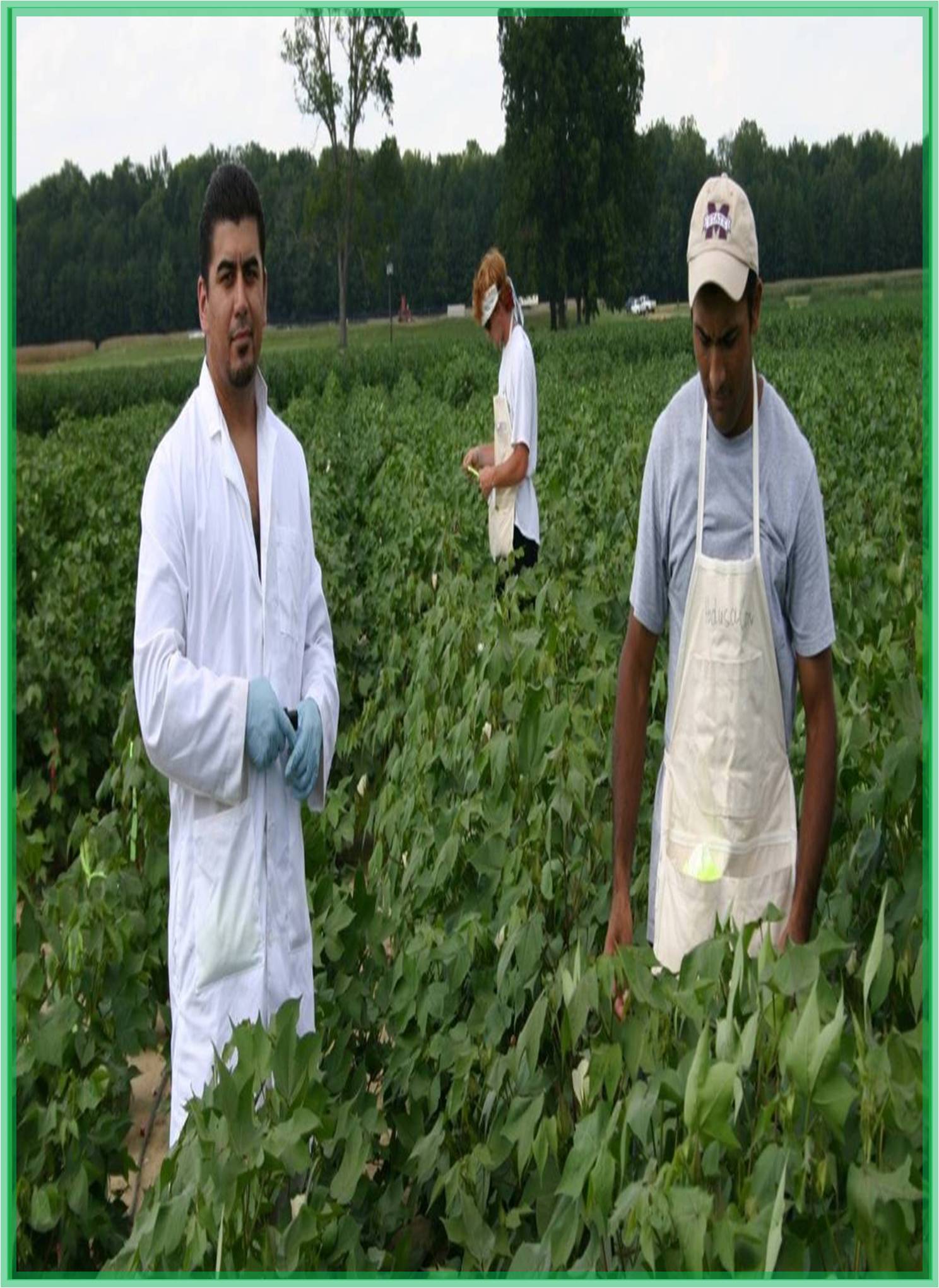



Received: 19-Apr-2022, Manuscript No. GJARR-22-61182; Editor assigned: 21-Apr-2022, Pre QC No. GJARR-22-61182(PQ); Reviewed: 05-May-2022, QC No. GJARR-22-61182; Revised: 20-Jun-2022, Manuscript No. GJARR-22-61182(R); Published: 27-Jun-2022, DOI: 10.15651/2437-1858.22.10.6
Irrigation Water Management
Water irrigation management includes the tracking of water with software for vegetation or yard. It generally can be used for greater homes that want a gadget to assist control the extent, rate, and timing of water software with a purpose to promoting water retaining capacities and soil intake. In order to sell most suitable crop yields, it’s particularly vital to display soil moisture without runoff or deep percolation losses. With your irrigation control, you’ll be capable of well regulate your water with equipment that can, later on, be adjusted to make certain well yielded outcomes. Flow meters are terrific at recording instant glide costs in addition to the overall extent of water used. With soil moisture sensors and meters soil water deficit can be monitored. A check book approach, in turn, can be capable of stability soil moisture through its tracking of levelling an irrigated cropland. Finally, with facts loggers, you may file soil moisture records through the developing season of an area or field.
Use of Irrigation
Irrigation control is crucial for gardeners or farmers with a purpose to improve plant growth. In turn, farmers can use them with a purpose to make their certain animals are being fed those reasserts for more healthy structures. Since crops and plants needs continuous moisture using irrigation structures has risen of their crucial need.
Objectives
The essential targets for irrigation control or irrigation are to promote the proper growth of plants and retaining the proper degrees of moisture for the soil. Another goal may be visible as ensuring there may be backup coverage while there is a quick length of drought as that can maintain the sector sufficient while water degrees are low. Another purpose is to chill the environment and soil which is an excellent environment for plants. What`s greater,with everyday irrigation you`ll be capable of dilute any harsh chemical compounds in soil or maybe washout dangerous salts. Finally, with irrigation you may decrease the risks of soil piping that may promotes subsurface erosion from the unnatural underground water glide. Soil piping is a trade approach from irrigation but it could threaten farming outcomes in addition to threaten the steadiness of any surrounding homes with motion while soil moisture levels are too high and cause the building to shift.
Methods of Irrigation
• Center pivot irrigation
• Drip irrigation
• Lateral move irrigation
• Localized irrigation
• Manual irrigation
• Sprinkler irrigation
• Sub-irrigation
The best type of irrigation management, you may rely on the specifics of what is wanted in addition to the characteristics of your belongings. In general, however, drip irrigation is one of the most efficient types of irrigation systems due to their percentages of applied and lost water ratings in conjunction with meeting crop water need falling between 80-90%. It’s vital to think about irrigation control and troubles which can befall your unique belongings with an expert with a purpose to make proper approach is carried out for you.
Importance
To develop the country through the proper management of water resources for activities such as crop production, industrialization and power generation, thereby providing people with employment opportunities and good living conditions.
• Store and regulate water resources for continuous or off-season use.
• Distribution of water in the correct proportions based on acreage and crop. (Balanced equity at the time of distribution).
• Pumping water without osmosis and significant loss due to osmosis (operation efficiency).
• Sufficient application of crops (optimization of use).
• Use of water under cost-benefit analysis (economically wise management).
• Distribute available water without social problems (judicial distribution).
• To meet future needs in agriculture and other areas (resource conservation).
• To protect the environment from water abuse or misuse (environmentally safe use).